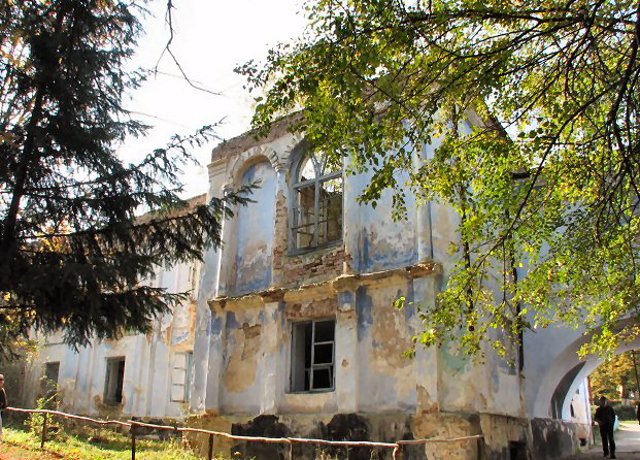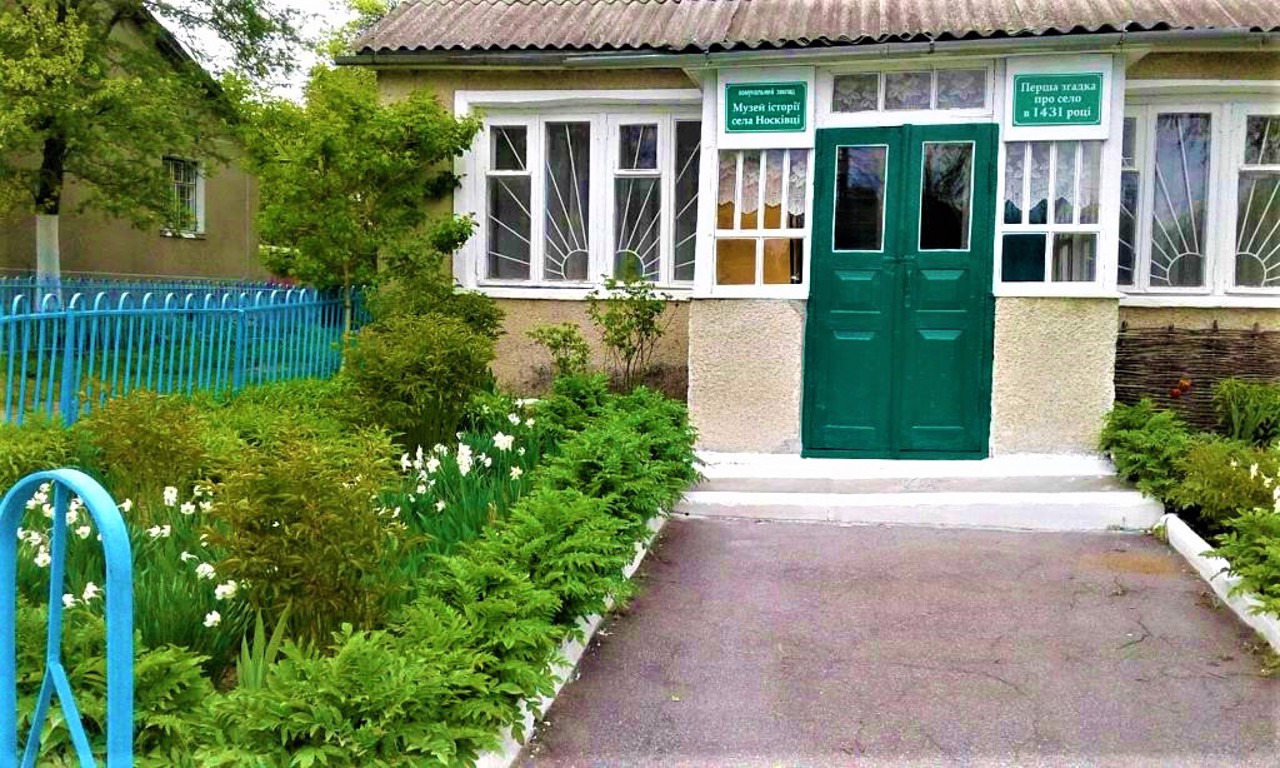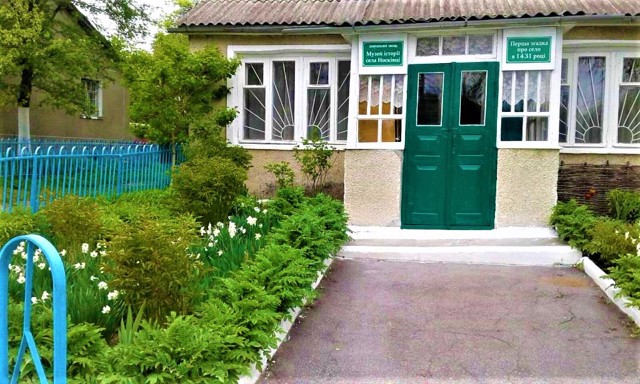Functional temporarily unavailable
General information about Noskivtsi
The large village Noskivtsi in the confluence of the Murafa and Murashka rivers is located 15 kilometers northwest of Zhmerynka, next to the M21 highway "Vinnytsia - Mohyliv-Podilskyi". Administratively, it is part of the Zhmerynka district of Vinnytsia region.
It has been known since 1431, when the Lithuanian prince Jagailo gave Noskivka to a certain Lavrentiy Tsiolka. According to legend, the village was named after the founder Moysa Moroz (later "Moysovtsi" was transformed into "Noskivtsi"). In the 17th-19th centuries, t ...
The large village Noskivtsi in the confluence of the Murafa and Murashka rivers is located 15 kilometers northwest of Zhmerynka, next to the M21 highway "Vinnytsia - Mohyliv-Podilskyi". Administratively, it is part of the Zhmerynka district of Vinnytsia region.
It has been known since 1431, when the Lithuanian prince Jagailo gave Noskivka to a certain Lavrentiy Tsiolka. According to legend, the village was named after the founder Moysa Moroz (later "Moysovtsi" was transformed into "Noskivtsi"). In the 17th-19th centuries, the village belonged to the Potocki family, who built a palace in the Romanesque style (now a school). In 1826, the estate was inherited by General Oleksiy Bakhmetyev, then it changed owners several times. One of the last owners was the landowner Yuliya Pashchenko, who hosted the poet Semyon Knudson.
The Church of the Nativity of the Virgin, built in 1751, has not been preserved, and the sugar factory founded in 1860 was also closed in Soviet times.
In 1918-1920, Yuriy Smolych visited Noskivtsi, the writer Andriy Hudyma studied here. Hryhoriy Shchepkovskyi, the great-grandson of the last landowner of the village of Noskivtsi, also visited here.
Велике село Носківці в межиріччі річок Мурафи та Мурашки розташоване в 15 кілометрах на північний захід від Жмеринки, поруч з трасою М21 "Вінниця - Могилів-Подільський". Адміністративно входить до складу Жмеринського району Вінницької області.
Відоме з 1431 року, коли литовський князь Ягайло подарував Носківці якомусь Лаврентію Ціолку. За легендою, село отримало назву від імені засновника Мойси Мороза (згодом "Мойсовці" трансформувалися в "Носківці"). В XVII-XIX століттях село належало роду Потоцьких, які збудували палац в роман ...
Велике село Носківці в межиріччі річок Мурафи та Мурашки розташоване в 15 кілометрах на північний захід від Жмеринки, поруч з трасою М21 "Вінниця - Могилів-Подільський". Адміністративно входить до складу Жмеринського району Вінницької області.
Відоме з 1431 року, коли литовський князь Ягайло подарував Носківці якомусь Лаврентію Ціолку. За легендою, село отримало назву від імені засновника Мойси Мороза (згодом "Мойсовці" трансформувалися в "Носківці"). В XVII-XIX століттях село належало роду Потоцьких, які збудували палац в романському стилі (зараз школа). В 1826 році маєток успадкував генерал Олексій Бахметьєв, потім воно кілька разів змінювало господарів. Одною з останніх власників була поміщиця Юлія Пащенко, яка приймала у себе поета Семена Надсона.
Збудована в 1751 році церква Різдва Богородиці не збереглася, заснований в 1860 році цукровий завод в радянські часи також був закритий.
В Носківцях в 1918-1920 роках бував Юрій Смолич, тут навчався письменник Андрій Гудима. Бував тут і Григорій Щепковський - праонук останнього поміщика села Носківці.
Сплануй своє перебування у Noskivtsi
What to see and where to go in Noskivtsi
Tourist attractions and museums of Noskivtsi

Potocki Palace
Palace / manor , Architecture
The Potocki Palace in Noskivtsi dates back to the 17th century.
Originally, the house in the Romanesque style was attached, had an arched entrance and an underground passage. In the 18th century, the Potockis rebuilt their manor house, turning it into an eclectic two-story palace (now in poor condition). The main rooms were located on the second floor (fragments of the decor have been preserved).
At the end of the 19th century, the landowner and philanthropist Yuliya Pashchenko, being a fan of the talented poet Semen Nadson, invited him to Noskivtsi for treatment and rest. The nature of Podillya inspired Nadson, who lived here in 1885-1886, to create many new poems.
The park and the ruins of the arena with stables along the road to the palace have also been preserved. In Soviet times, a secondary school was located on the territory of the manor, which now houses the local history museum and the Semen Nadson room-museum. Recently, part of the palace was damaged by fire.
Reviews Noskivtsi
Geographical information about Noskivtsi
| {{itemKey}} | {{itemValue}} |
|---|---|
| Region |
Vinnytsia |




